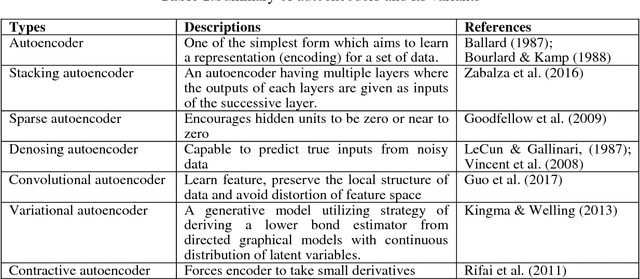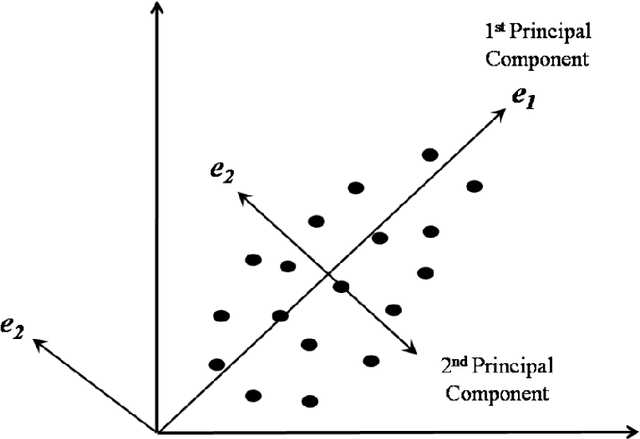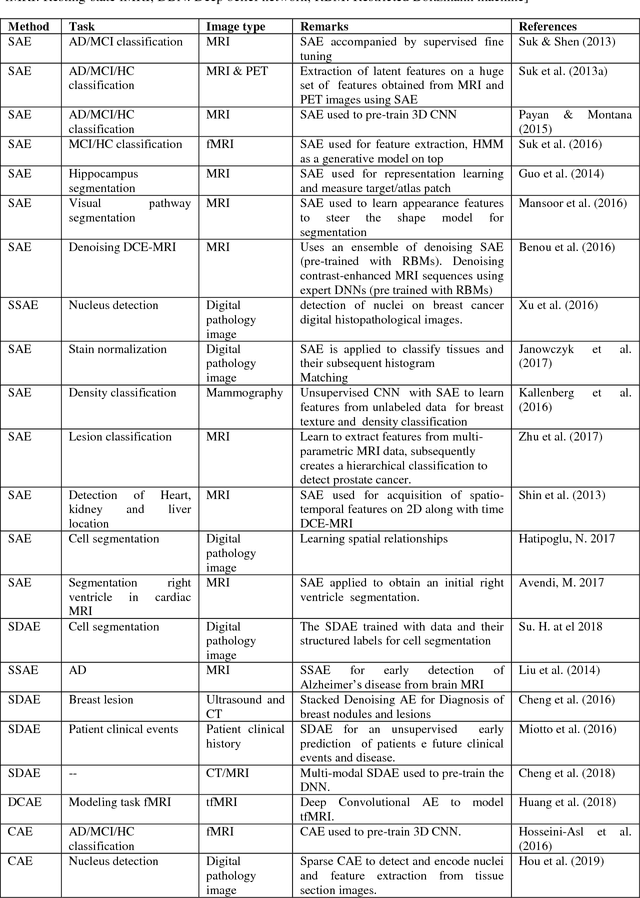A Tour of Unsupervised Deep Learning for Medical Image Analysis
Paper and Code
Dec 19, 2018



Interpretation of medical images for diagnosis and treatment of complex disease from high-dimensional and heterogeneous data remains a key challenge in transforming healthcare. In the last few years, both supervised and unsupervised deep learning achieved promising results in the area of medical imaging and image analysis. Unlike supervised learning which is biased towards how it is being supervised and manual efforts to create class label for the algorithm, unsupervised learning derive insights directly from the data itself, group the data and help to make data driven decisions without any external bias. This review systematically presents various unsupervised models applied to medical image analysis, including autoencoders and its several variants, Restricted Boltzmann machines, Deep belief networks, Deep Boltzmann machine and Generative adversarial network. Future research opportunities and challenges of unsupervised techniques for medical image analysis have also been discussed.
 Add to Chrome
Add to Chrome Add to Firefox
Add to Firefox Add to Edge
Add to Edge